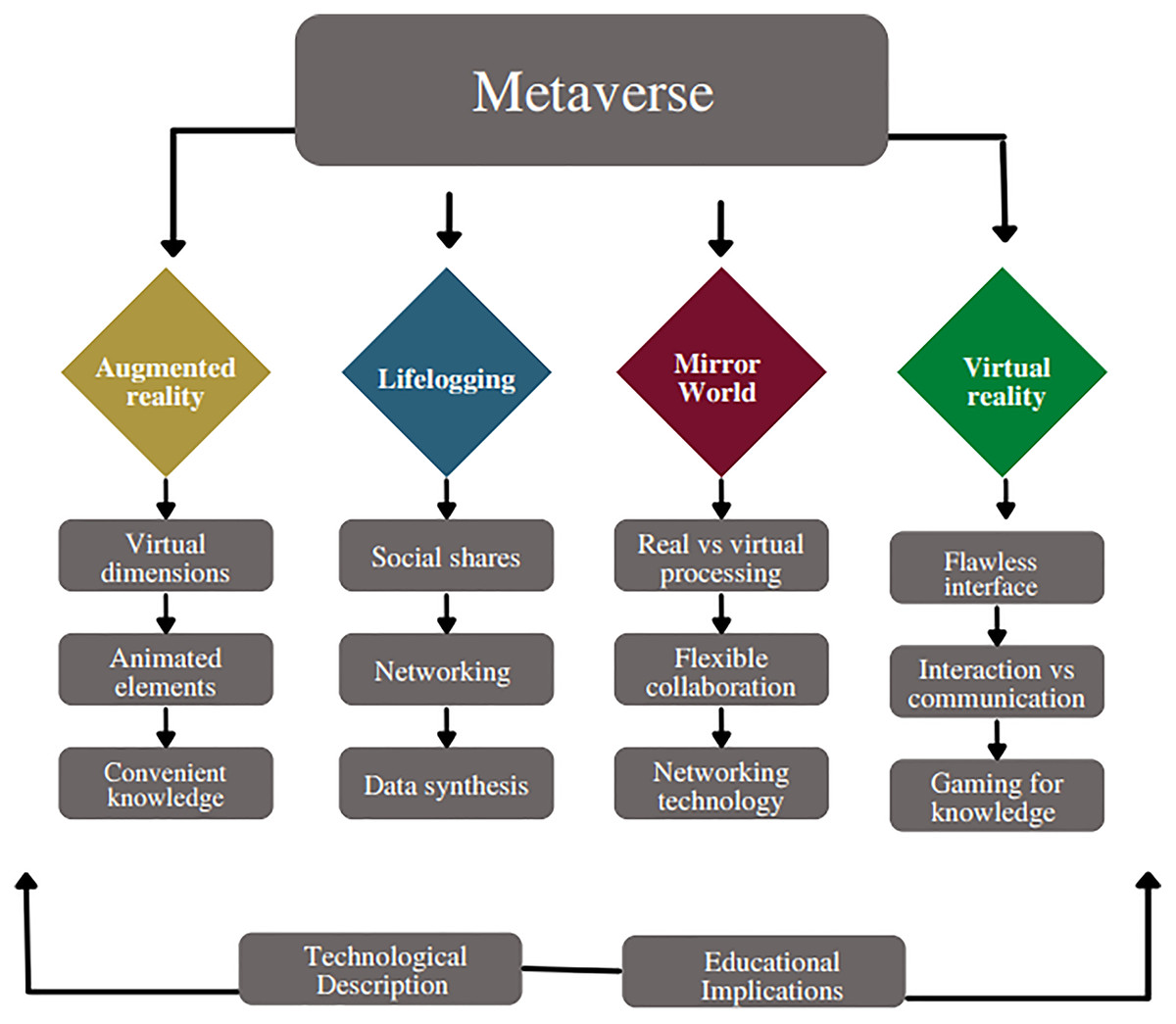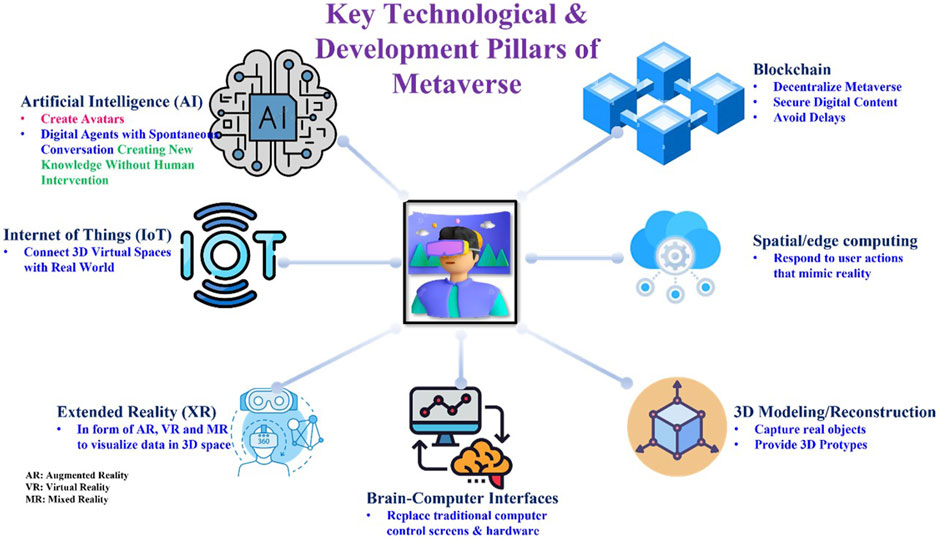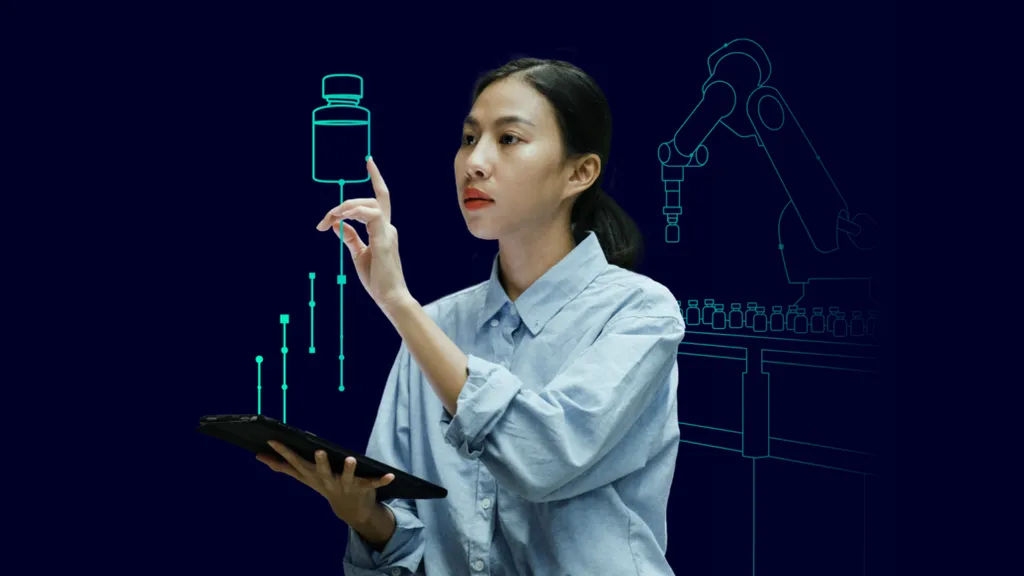Beyond Virtual Boundaries: How Metaverse 2.0 Is Reshaping Our Digital Social Landscape
Have you ever wondered what lies beyond our current social media experiences? I’ve been exploring the fascinating evolution of virtual worlds, and I’m excited to share how the Metaverse is transforming from isolated platforms into an interconnected digital universe. This shift isn’t just changing how we interact online it’s fundamentally challenging the dominance of traditional social media giants.
The digital landscape is undergoing a breathtaking transformation right before our eyes. As someone who’s been tracking these developments, I can tell you that the possibilities are both thrilling and somewhat intimidating. The Metaverse 2.0, with its focus on interoperability, is poised to revolutionize how we connect, share experiences, and even conduct business online.
The Evolution of Digital Connections: From Web 2.0 to Metaverse 2.0

Remember when Facebook first launched and revolutionized how we connected with friends and family? That was just the beginning of our digital social journey. Today, we’re standing at the threshold of something much more profound a complete reimagining of our online existence.
The original concept of the Metaverse emerged as separate, distinct virtual worlds where users could escape reality. But the breakthrough vision of Metaverse 2.0 goes drastically further it’s about creating seamless connections between previously isolated digital spaces. Imagine moving your avatar, digital assets, and identity effortlessly between different virtual environments without starting from scratch each time. That’s the powerful promise at the heart of this digital revolution.
This evolution is happening because we crave more authentic connections in our digital lives. Traditional social media platforms suddenly feel flat and limiting compared to the immersive experiences offered by interconnected virtual worlds. The standard scrolling feed of posts and photos is being challenged by environments where we can actually walk, talk, and engage in shared activities with others.
“The Metaverse isn’t just another technological advancement it’s a fundamental shift in how humans will experience digital connection. We’re moving from observing content to living within it.”
Key Differences: Traditional Social Media vs. Metaverse 2.0

To truly understand the revolutionary nature of Metaverse 2.0, let’s examine how it differs from the social media platforms that have dominated our digital lives for the past decade. These differences reveal why major tech companies are investing billions in developing metaverse technologies they recognize that the future of social connection lies beyond the constraints of current platforms.
| Feature | Traditional Social Media | Metaverse 2.0 |
|---|---|---|
| User Experience | Passive scrolling through content feeds | Active participation in immersive environments |
| Interaction Type | Text, images, videos viewed on screens | Full sensory engagement with spatial awareness |
| Identity | Profile pages with curated information | Persistent avatars with cross-platform presence |
| Content Ownership | Platform controls and monetizes user data | Users own and monetize their digital assets |
| Platform Boundaries | Closed ecosystems with proprietary data | Interoperable worlds with portable assets |
I’ve personally experienced this contrast while testing several metaverse platforms. In traditional social media, I’m limited to expressing myself through carefully chosen photos or character-limited posts. But in metaverse environments, I can communicate through body language, spatial positioning, and shared activities that create genuine moments of connection. The difference is remarkable it’s like comparing text messaging to having coffee with a friend.
The Technological Backbone of Interoperability
How exactly does Metaverse 2.0 achieve this seamless connection between different virtual worlds? The answer lies in several groundbreaking technologies working together:
- Blockchain and NFTs: These provide the crucial foundation for ownership of digital assets across platforms. When I purchase a virtual outfit for my avatar, blockchain verification ensures I truly own it and can take it with me anywhere in the metaverse.
- Open Standards and Protocols: Just as the internet functions because of shared standards like HTTP, the interoperable metaverse requires universal protocols for rendering 3D assets, tracking spatial information, and transferring identity data.
- AI-Powered Translation Layers: These sophisticated systems automatically convert assets between different platform formats, ensuring my avatar looks appropriate whether I’m in a realistic business meeting or a cartoonish gaming world.
- Decentralized Identity Systems: These allow me to maintain a consistent presence across platforms without needing separate accounts and passwords for each metaverse destination.
The technical challenges are enormous, but the potential rewards are even greater. Companies that successfully navigate these interoperability challenges will likely emerge as the digital giants of the next decade.
Real-World Applications Transforming Industries
The interoperable metaverse isn’t just changing how we socialize it’s already beginning to transform serious industries in substantial ways. I’ve been astounded by some of the innovative implementations I’ve witnessed:
In education, universities are creating persistent virtual campuses where students from around the world can attend lectures, collaborate on projects, and socialize regardless of physical location. One fascinating example is how medical students at different institutions can now practice complex surgical procedures together in shared virtual operating rooms, with their unique credentials and learning progress following them across training platforms.
The retail sector is experiencing perhaps the most visible transformation. Major brands are creating virtual storefronts where customers can browse products as 3D objects, try them virtually, and make purchases that manifest both in the physical world and as digital twin assets for their avatars. What’s revolutionary is how these shopping experiences now extend across different metaverse platform buy a Nike sneaker in one virtual world, and your avatar can wear it in another.
The Challenges of Building Connected Digital Worlds

Despite the exciting potential, creating truly interoperable metaverse experiences faces significant hurdles that cannot be overlooked. As someone who’s closely followed these developments, I’ve identified several critical challenges:
- Technical Standardization: Different platforms use various rendering engines, physics systems, and asset formats. Creating universal standards that don’t limit creativity is exceedingly difficult.
- Economic Models: How do revenue sharing and economic systems work when users move freely between platforms? What happens when a free platform connects to a subscription-based world?
- Governance and Moderation: Who sets and enforces rules when inappropriate behavior spans multiple platforms? Traditional social media already struggles with content moderation in two dimension adding immersive 3D environments makes this exponentially more complex.
These challenges aren’t merely theoretical they represent genuine barriers that developers and companies must overcome to realize the full promise of Metaverse 2.0. However, the tremendous potential rewards are driving unprecedented collaboration between previously competitive entities.
How Traditional Social Media Companies Are Responding

The rise of interoperable virtual worlds has sent shockwaves through traditional social media companies, triggering various strategic responses. Meta (formerly Facebook) has made the most dramatic pivot, investing billions in developing metaverse technologies and attempting to position itself as the gateway to this new digital frontier. Their strategy appears to be creating such a compelling and comprehensive platform that users won’t feel the need to venture into competing metaverse spaces.
Other companies are taking different approaches. Twitter has explored integrating with existing metaverse platforms rather than building their own, while Snapchat is leveraging its AR expertise to create “lightweight” metaverse experiences that overlay digital elements onto the physical world.
The most intriguing development has been the emergence of decentralized social platforms that explicitly reject the walled garden approach. These user-owned networks are building direct bridges to metaverse environments, allowing for seamless movement between traditional social feeds and immersive 3D spaces.
I’ve noticed that companies clinging to closed ecosystems are already losing younger users to more open, interoperable platforms. The lesson seems clear: embracing interoperability isn’t just a technological choice it’s becoming a business imperative for survival in the evolving digital landscape.
The Path Forward: Building a More Connected Digital Future
As we look toward the future of our online social experiences, certain trends are becoming increasingly clear. The companies and platforms that thrive will be those that balance robust feature sets with open accessibility. Users are growing tired of being locked into single ecosystems and are demanding the freedom to carry their digital identities and assets across the expanding metaverse.
For those of us who remember the early days of social media, this moment feels similar to when Facebook opened beyond college students or when mobile apps transformed how we access digital services. We’re witnessing the birth of something that will likely become so fundamental to daily life that future generations will struggle to imagine a world without it.
The most exciting aspect of this evolution is how it empowers individual users. In traditional social media, we’re largely limited to the features and formats the platforms provide. In an interoperable metaverse, we become true stakeholders creators, owners, and participants in digital worlds that respond to our collective input. This shift from passive consumption to active co-creation represents the most profound change in our relationship with digital technology since the advent of social media itself.
As someone passionate about how technology shapes human connection, I’m cautiously optimistic about the potential of Metaverse 2.0. If we can solve the considerable challenges while prioritizing human wellbeing, we may be creating not just a new form of media, but a more collaborative, creative, and connected digital future for everyone.








